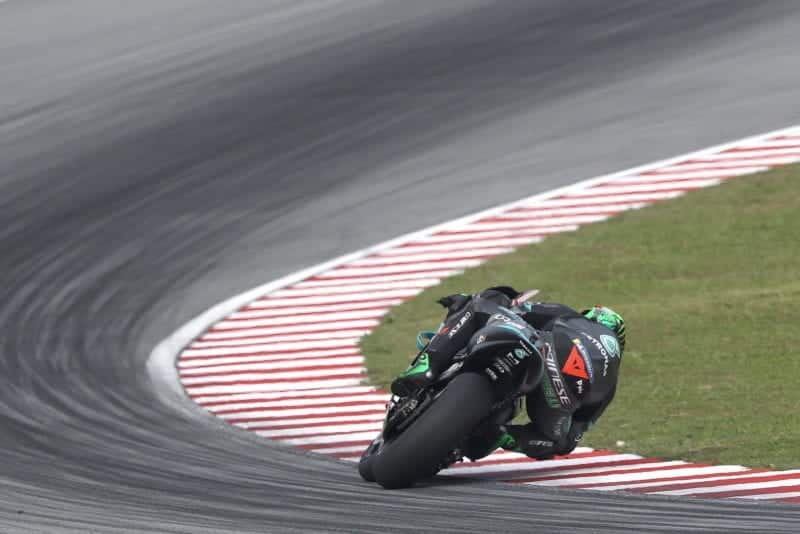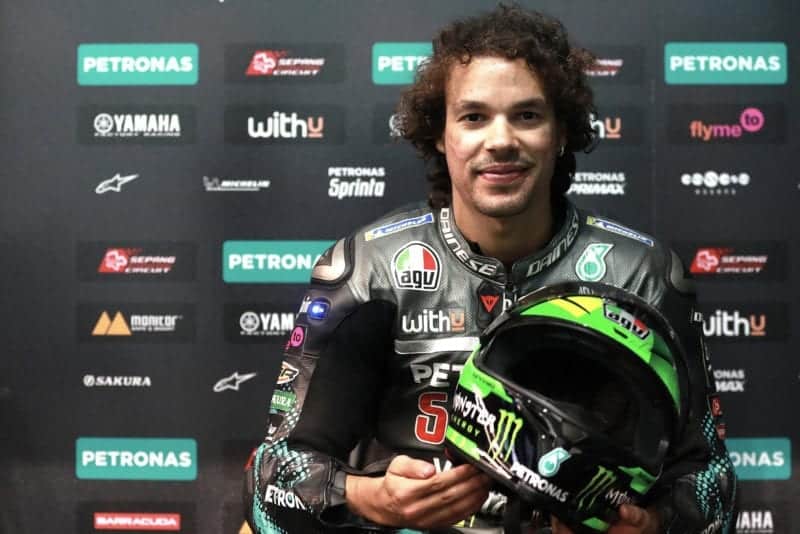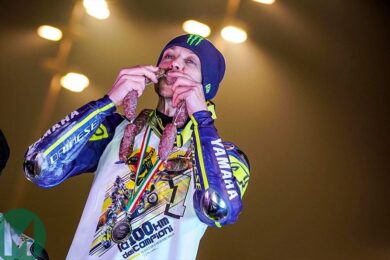From 2018 to 2019 you had two big changes: from Moto2 to a Honda RC213V and then from an RC213V to a Yamaha YZR-M1. It must’ve been like starting anew each season?
I’d say the biggest shock was from Moto2 to MotoGP because you have to adapt to many, many things: the power, the brakes, the electronics, the grip of the tyres and many more things. Then when I switched from Honda to Yamaha I already knew about MotoGP, so it’s just been a matter of changing my behaviour on the bike but keeping that general MotoGP nature.
Before you rode your first Grand Prix bike – a Moto2 bike at the end of 2013 – you raced a street bike in Superstock. That must’ve been another big change?
When I changed from Superstock to Moto2 it was really, really difficult to get used to a prototype bike. The stiffness of the bike and the tyres are the biggest differences – at first I couldn’t feel anything, so I crashed a lot. On a road bike you ride a bit looser – you have to feel the bike twitching beneath you. So when I first got on a Moto2 bike I was looking for the twitching, but the bike doesn’t twitch… there’s one tiny movement and then you crash!
I was already a smooth rider on a Superstock 600, so I guess my riding style suits prototype bikes more than road bikes. I like to be smooth and precise, repeating my lines every lap in a perfect way. It’s just what I like to do.
How has your technique changed from Moto2 to an RC213V to an M1 – presumably you want you keep your own technique but also adapt to each bike?
Yeah, sure. I wanted to keep my nature, which is being smooth in every movement I make on the bike, but also I had to change. Of course, I’ve had to change my lines, that’s the first thing you have to change, but also my braking style. Maybe these are the main two things I’ve changed.
How did your lines change from Moto2 to the Honda RC213V?
We all know the main thing with a MotoGP bike is getting the bike straight and firing it out of the corner. That means you have to prepare yourself in a much better way for the corner exit, so you would think that with a MotoGP bike you’d brake earlier and prepare the corner entry a bit better and then come out.
But it’s not like that! MotoGP bikes have such strong brakes and so much grip that you can brake almost in the same place as Moto2 bikes, even though you are going much faster on the straights. This is a big thing to digest! At first it’s difficult, but after a while you learn how to do it.

Racing at the VR46 ranch: (from left) Nico Bulega, Lorenzo Baldasssarri, Morbidelli, Andrea Migno, Pecco Bagnaia and Rossi
VR46
And how have your lines changed from the Honda to the Yamaha?
As you can see the Honda is quite a twitchy bike. It’s short and it’s small, so it’s nervous and it moves a lot, so I’d say it’s more difficult to control. The Yamaha feels smoother and the way the bike reacts is smoother and quieter, this is the main difference.







